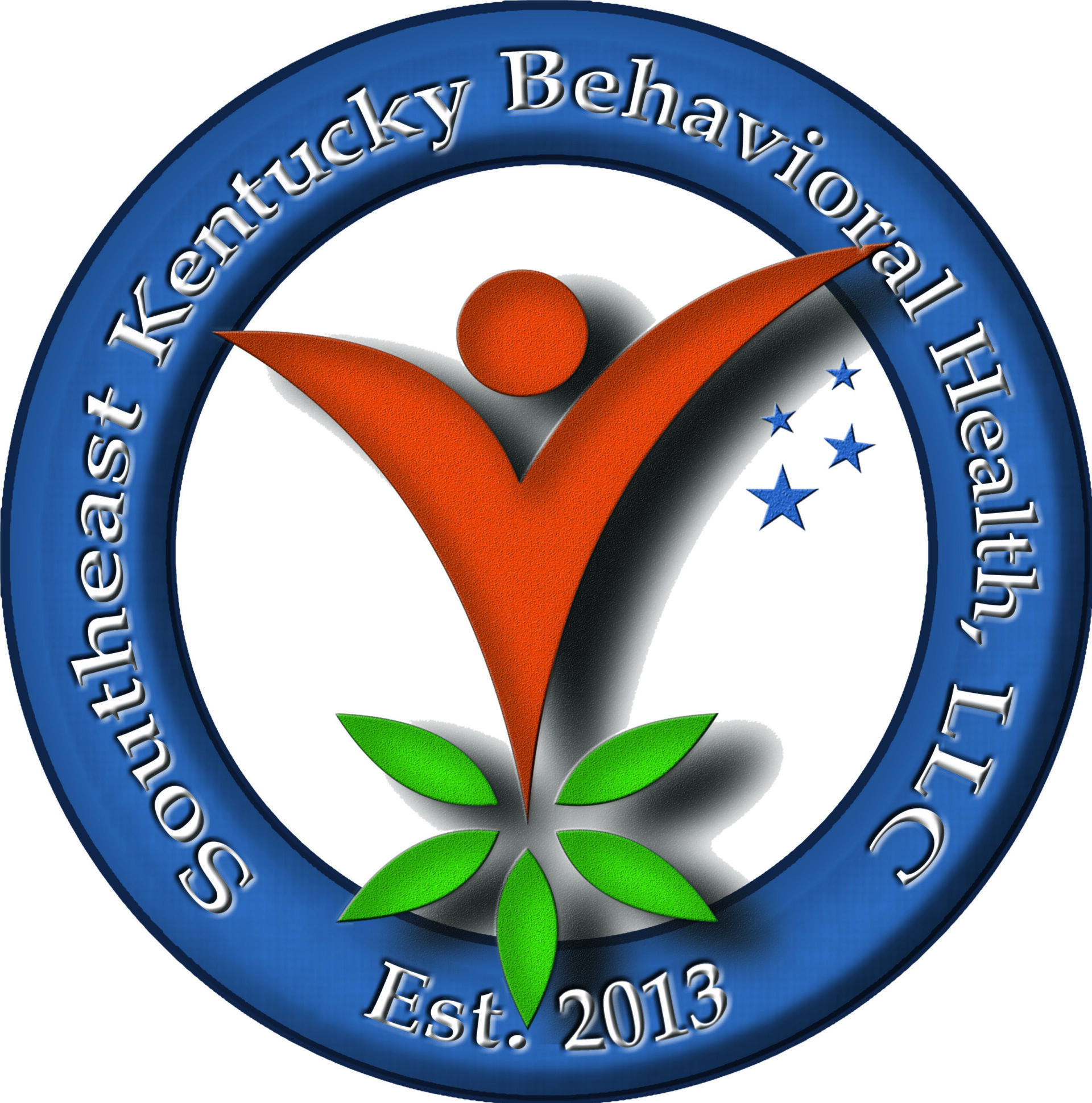How Trauma Changes the Brain: What You Need to Know
Trauma, whether it’s from a physical injury or an emotional experience, can have a lasting impact on the brain. Thanks to research in neuroscience, we now know that trauma doesn’t just affect how we feel—it actually changes how the brain works. Understanding these changes can help us see why trauma has such powerful effects and how recovery is possible.

What Happens to the Brain During Trauma?
When you go through a traumatic event, your brain switches into “survival mode.” This is controlled by something called the stress response system, which prepares your body to deal with danger. You may have heard of the “fight, flight, or freeze” response. This is when stress hormones like cortisol and adrenaline flood your body, helping you react quickly to protect yourself.
This response is helpful in the short term, like when you need to escape danger. But if trauma is ongoing, or if your brain keeps thinking you’re in danger even after the threat is gone, this stress response can do more harm than good.
How Trauma Changes the Brain
Trauma can change how different parts of the brain work and even how they look. Here are the three key areas affected:
1. The Amygdala: The Alarm System
The amygdala is the part of your brain that helps detect threats and process emotions like fear. After trauma, the amygdala can become overactive, making you feel on edge or jumpy even when you’re safe. This is why people who’ve experienced trauma often feel anxious or have trouble calming down.
2. The Prefrontal Cortex: The Decision Maker
The prefrontal cortex is like the brain’s “control center.” It helps you think logically, make decisions, and calm down after a stressful event. Trauma can make this part of the brain less active, which means it’s harder to think clearly, control your emotions, or feel in control of your reactions.
3. The Hippocampus: The Memory Keeper
The hippocampus is responsible for organizing memories and distinguishing between the past and the present. Trauma can make the hippocampus shrink, which is why some people have trouble remembering details of the trauma or feel like they’re reliving it (flashbacks), even when it’s over.
Why Do These Changes Matter?
The changes in the brain after trauma explain many of the symptoms people experience, such as:
• Flashbacks or nightmares: The brain struggles to tell the difference between past and present, so it feels like the trauma is happening again.
• Anxiety or hypervigilance: The overactive amygdala keeps you constantly on the lookout for danger.
• Difficulty focusing or making decisions: A less active prefrontal cortex makes it harder to think clearly.
These changes also show why trauma doesn’t just “go away” on its own—your brain needs time and support to heal.
Can the Brain Heal After Trauma?
The good news is that the brain is adaptable. This ability to change and heal is called neuroplasticity. With the right support, the brain can recover from the effects of trauma. Here’s how:
1. Therapy: Treatments like trauma-focused cognitive behavioral therapy (CBT) and eye movement desensitization and reprocessing (EMDR) can help “rewire” the brain and reduce symptoms.
2. Mindfulness and relaxation techniques: Practices like meditation can help calm the amygdala and strengthen the prefrontal cortex.
3. Exercise: Physical activity can increase the size of the hippocampus and improve mood by releasing feel-good chemicals like endorphins.
Trauma changes the brain, but these changes don’t have to be permanent. Understanding how trauma affects the brain can help us be more compassionate toward ourselves and others who are struggling. With the right tools and support, healing is not only possible—it’s likely.

This article has been written by John S. Collier, MSW, LCSW. Mr. Collier has over 25 years experience in the social work field. He currently serves as the executive director in outpatient behavioral health therapist at Southeast Kentucky Behavioral health based out of London Kentucky. He may be reached by phone at 606-657-0532 extension 101 or by email at john@sckybh.com
References
• Shin, L. M., Rauch, S. L., & Pitman, R. K. (2006). Amygdala, medial prefrontal cortex, and hippocampal function in PTSD. Annals of the New York Academy of Sciences, 1071(1), 67-79.
• Bremner, J. D. (2006). Traumatic stress: Effects on the brain. Dialogues in Clinical Neuroscience, 8(4), 445-461.
• van der Kolk, B. A. (2014). The Body Keeps the Score: Brain, Mind, and Body in the Healing of Trauma.







